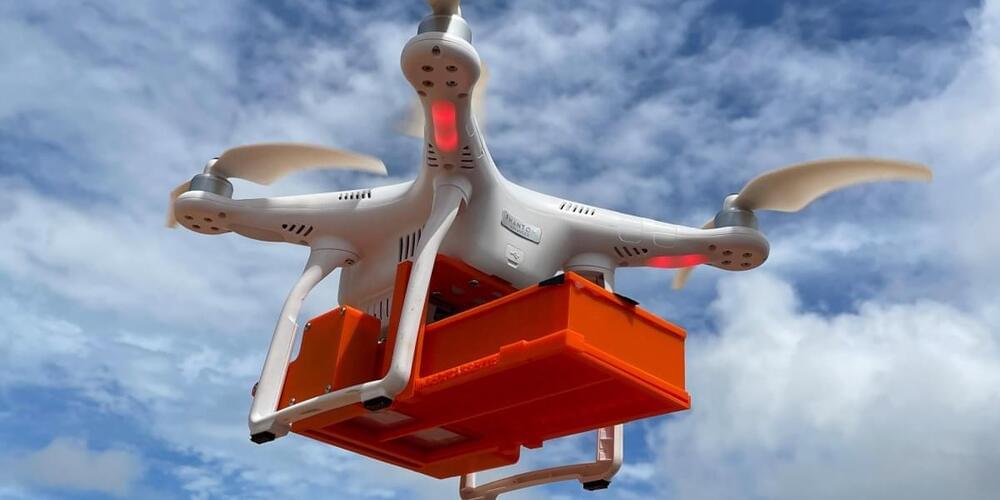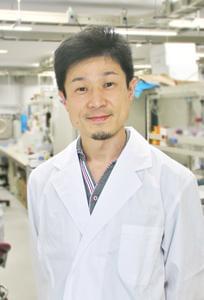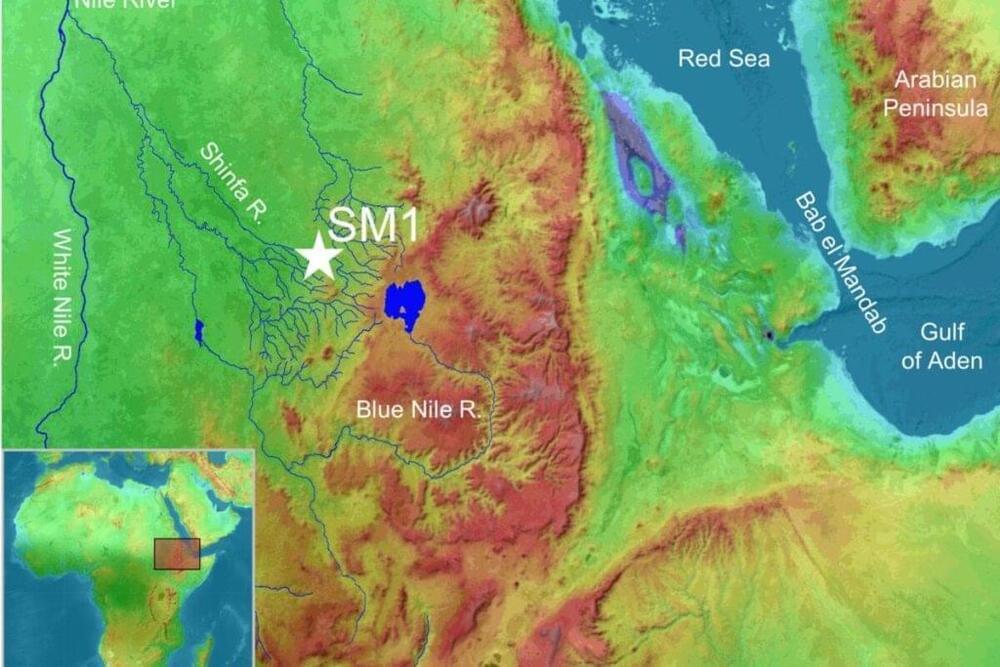
“The challenge is getting into those hidden places,” says Machado. “It’s rare that Aedes aegypti breeding areas are found out in the open, like on a sidewalk, because when people see them, they destroy them. But with drones, we can get into areas we just can’t otherwise.”
Birdview has carried out studies with several partners since 2021, including the United Nations, the University of São Paulo (USP), and the state-owned Brazilian Agricultural Research Corporation (Embrapa), to better understand the effectiveness of releasing the disease-fighting mosquitoes with drones. First they looked at how the mechanism of the drone and outside conditions, like wind turbulence, affected the survival rate of the mosquitoes and their ability to fly.
The results were positive, so they moved on to flight-and-release tests in the Brazilian states of Pernambuco and Paraná, as well as Florida, where they’ve been working with the Lee County Mosquito Control District to see how far the mosquitoes spread upon release. They used the “mark, release and recapture” method, which involves sterile male mosquitoes being marked with a certain color before being released and later recaptured with traps so the team could see how far they had flown. They also set traps where eggs could be laid and monitored.


















